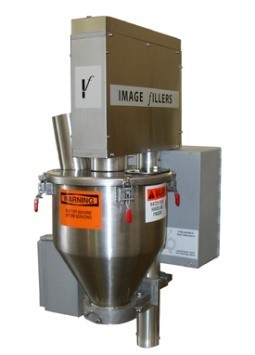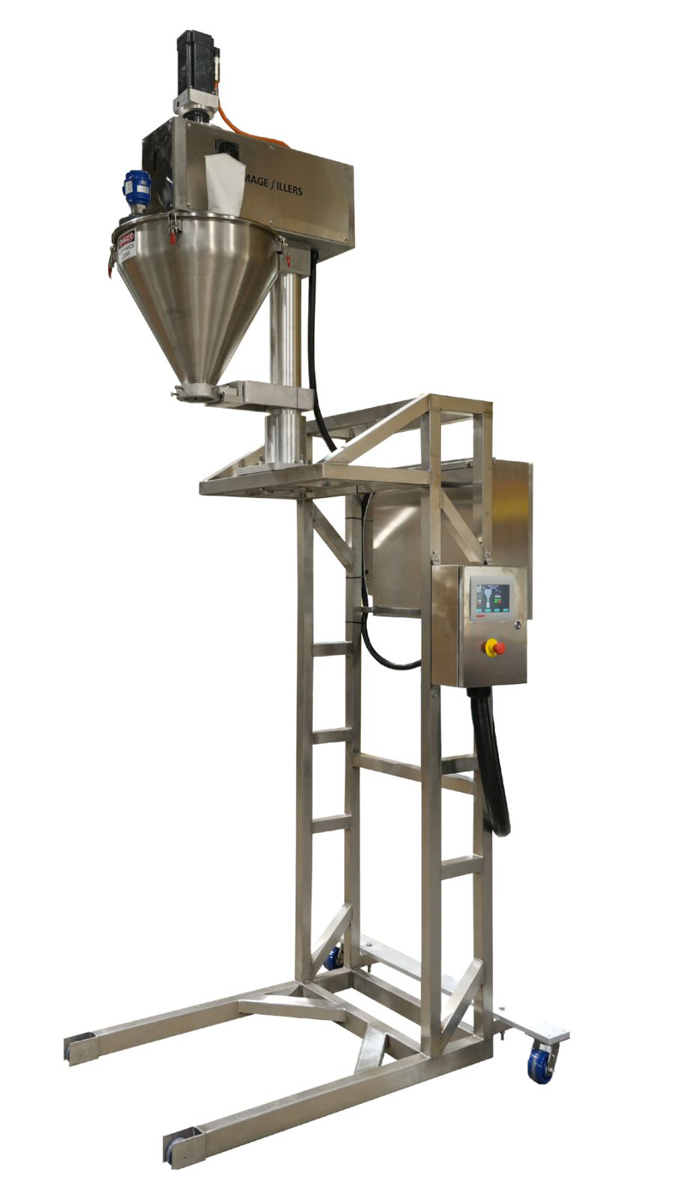Founding of Image Fillers: Image Fillers was founded with the goal of providing high-quality, reliable filling machines to companies in need of efficient, automated solutions for their production lines. The company’s founding dates back to 1996 in Pennsylvania by Mike Kelly Sr. Today it is still a family run business with direction by his son Mike Kelly Jr.
Image Filler produces semi-automatic fillers as well as automatic auger filler systems. Both types are available with clutch brake and servo motors with different user interfaces. In our territory RSE works closely with Image Fillers for all types of installations. RSE has a wide variety of OEMs we integrate auger fillers with, to create entirely automated filling lines. Food, nutraceutical and pharmaceutical, chemical and agricultural make up the majority of the segments where these auger fillers are installed.
Expansion of Product Line and Technological Advancements
- Technological Integration: As the demand for automation grew in the packaging industry, Image Fillers adapted by integrating advanced technologies like servo-driven motors, automated controls, and vision systems into their machines. These innovations helped their customers improve fill accuracy, reduce waste, and speed up production processes.
- Customized Solutions: Image Fillers quickly became known for their ability to offer customized filling solutions to meet the specific needs of various industries. Today, the company designs and builds auger base filling machines that handle a variety of products, including, powders, granules and some liquids, creams, with a focus on versatility and efficiency.



